Zinnias are among the most joyful flowers in any garden—bold, bright, and bursting with life. Their rainbow hues make them a favorite for gardeners who want instant color all summer long. So when those once-lively blooms and lush green leaves suddenly turn brown, it’s easy to feel discouraged.
But here’s the good news: browning zinnias don’t mean your garden is doomed. In most cases, the problem is completely fixable once you know what’s causing it. Whether it’s a watering mistake, a pest problem, or a natural part of the plant’s life cycle, you can revive your zinnias and get them blooming beautifully again.
Let’s take a deep dive into why your zinnias are turning brown—and exactly what you can do to bring them back to life.
1. Natural Aging and Dead Blooms
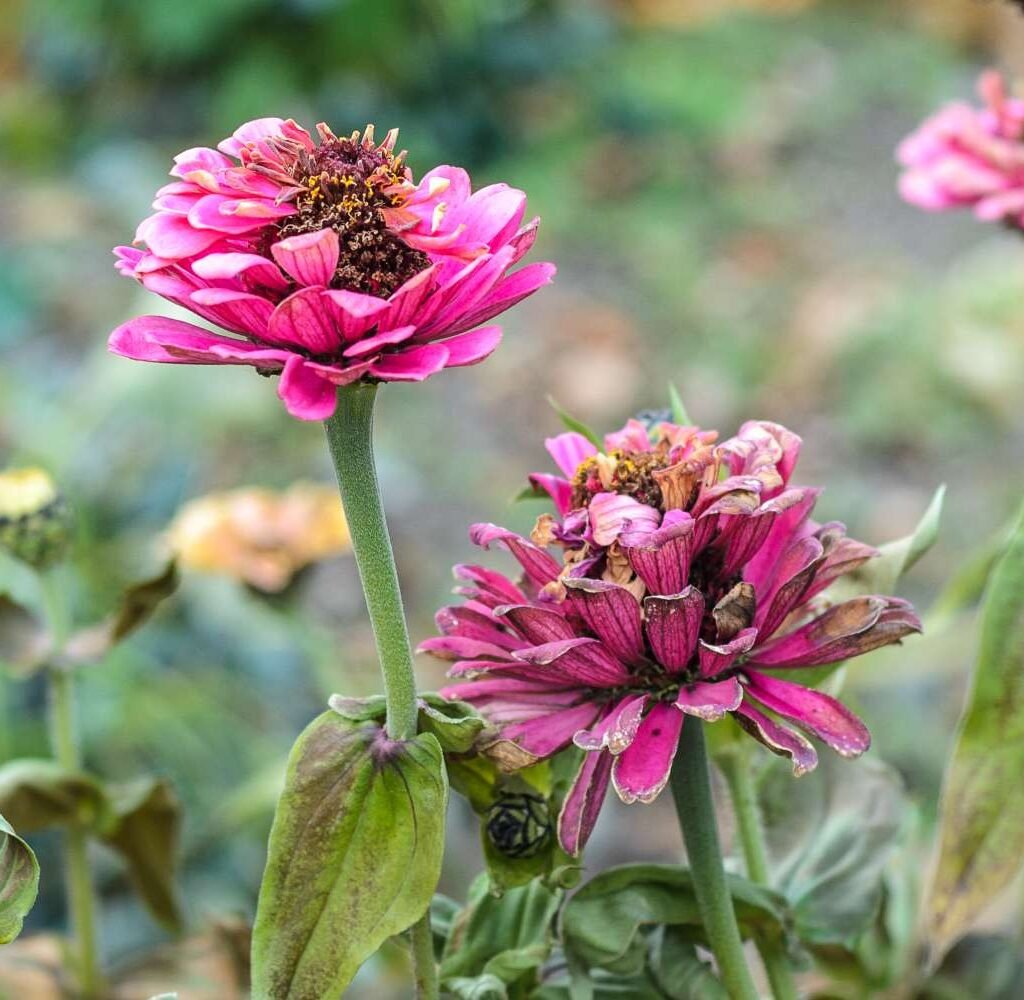
Sometimes, browning is simply part of your zinnias’ normal growth cycle. Each bloom only lasts a few weeks before fading and drying out. As petals age, they naturally turn from bright color to brown and papery.
If only the flower heads are browning while the rest of the plant looks healthy, there’s no disease or pest issue—your plant is just moving through its blooming rhythm.
What to do:
- Regularly deadhead your zinnias (remove the spent blooms).
- Snip the flower stem just above a new leaf set or bud to encourage new blooms.
- Deadheading keeps your zinnias looking tidy and prompts them to produce fresh flowers throughout the season.
Tip: Deadheading once a week can keep your zinnias blooming from early summer until the first frost.
2. Overwatering (Or Poor Drainage)
Zinnias love sun and warmth, but they hate “wet feet.” When their roots sit in soggy soil, they can’t get the oxygen they need, leading to root rot and brown, wilted leaves.
You’ll know overwatering is the problem if:
- The leaves turn brown starting from the bottom up.
- The soil feels consistently damp or muddy.
- The plant looks limp despite regular watering.
What’s happening:
Too much water suffocates the roots and encourages fungal diseases that attack the base of the plant.
What to do:
- Check your soil: Zinnias prefer light, well-draining soil. If it’s heavy clay, mix in compost or sand to improve drainage.
- Water deeply but infrequently: Let the top inch of soil dry before watering again.
- Water early in the morning: This gives moisture time to soak in and the leaves time to dry before nightfall.
- Avoid overhead watering: Wet foliage encourages fungal diseases—always water at the base.
Quick fix: If your zinnias are in containers, make sure pots have drainage holes. Repot soggy plants into fresh, dry soil to give them a second chance.
3. Underwatering or Heat Stress
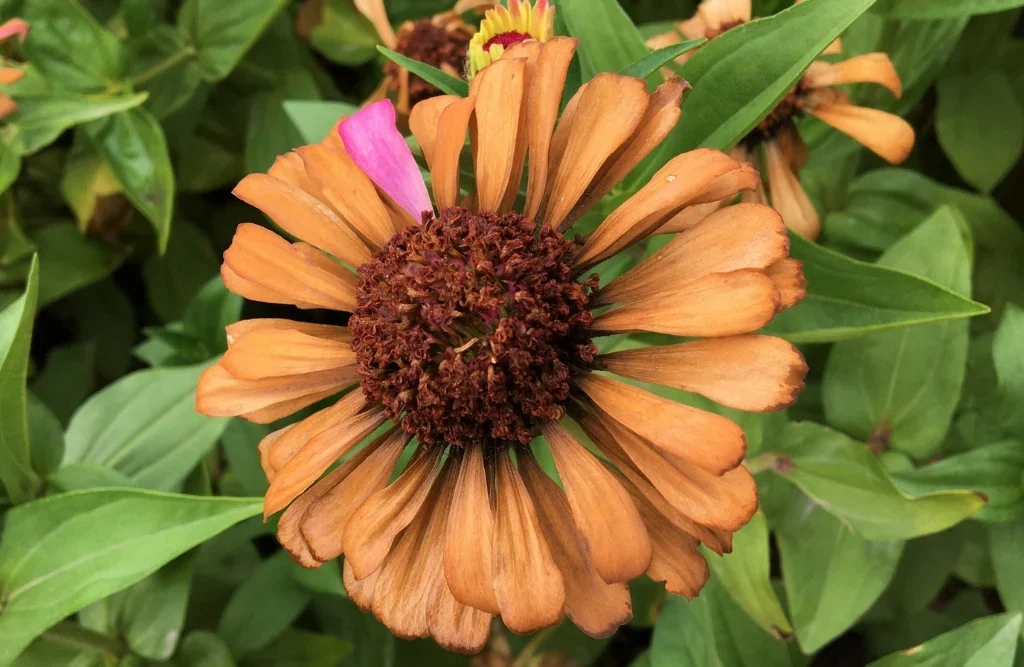
On the flip side, not giving your zinnias enough water—especially in the heat of summer—can also cause browning. When plants become dehydrated, they prioritize survival over beauty, leading to crispy leaves and faded flowers.
Signs of underwatering:
- Brown, brittle leaves (often starting at the edges).
- Drooping during the hottest part of the day.
- Dry, cracked soil.
- Faded or prematurely wilted blooms.
What to do:
- Water deeply 2–3 times per week, depending on your climate.
- Mulch around the base of your plants to retain soil moisture.
- Water early morning or evening to minimize evaporation.
Pro tip: Zinnias are drought-tolerant once established, but young plants need consistent moisture to build strong roots.
4. Fungal Diseases (A Common Culprit)
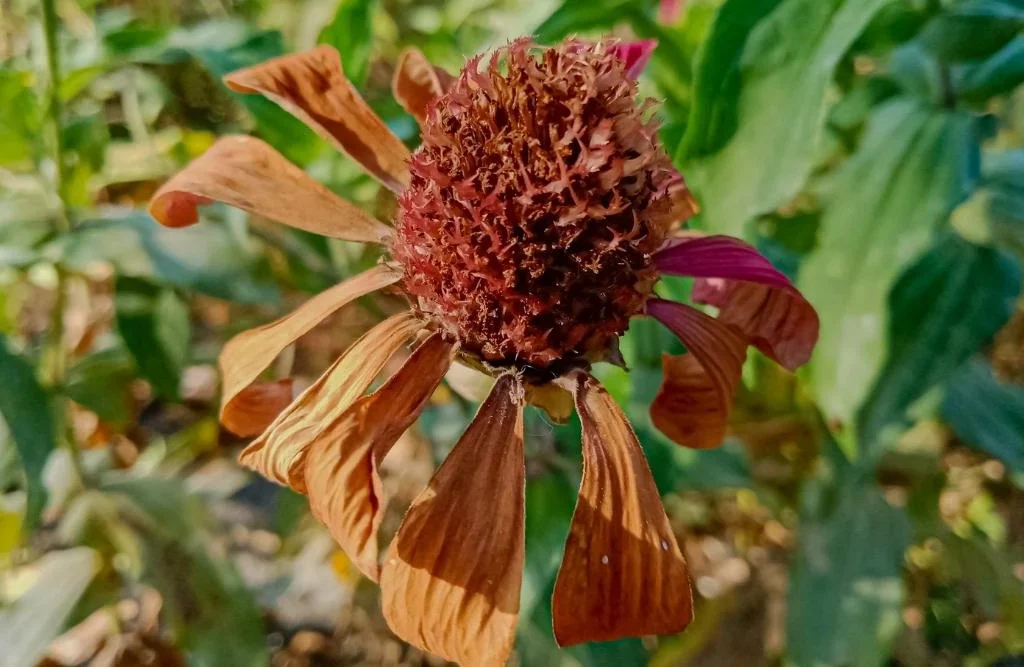
If your zinnias are turning brown in irregular spots or developing powdery coatings, a fungal disease may be to blame. Zinnias are beautiful—but they’re also prone to several common fungal issues, especially in humid or overcrowded conditions.
Let’s look at the top three culprits:
A. Alternaria Leaf Spot
- Symptoms: Small, brown circular spots with dark edges on leaves.
- Leaves may yellow, curl, and eventually drop.
- Caused by high humidity and water splashing from soil to leaves.
Solution:
- Remove and discard affected leaves (don’t compost them).
- Water at the base and avoid wetting foliage.
- Improve air circulation by spacing plants at least 12 inches apart.
- Apply an organic fungicide like neem oil or copper spray weekly until symptoms subside.
B. Powdery Mildew
- Symptoms: White or gray powdery coating on leaves that eventually turn brown.
- Often occurs in late summer when days are hot and nights are cool.
Solution:
- Increase airflow around plants.
- Water early in the day and avoid overhead watering.
- Apply a baking soda spray (1 tablespoon baking soda + 1 teaspoon liquid soap in 1 gallon of water) once a week to slow its spread.
C. Bacterial Leaf Spot
- Symptoms: Brown or black spots surrounded by yellow halos.
- Often spread by contaminated water or tools.
Solution:
- Remove infected foliage.
- Disinfect garden tools with rubbing alcohol after use.
- Avoid touching plants when leaves are wet.
- Rotate where you plant zinnias each year to prevent reinfection.
5. Pest Damage
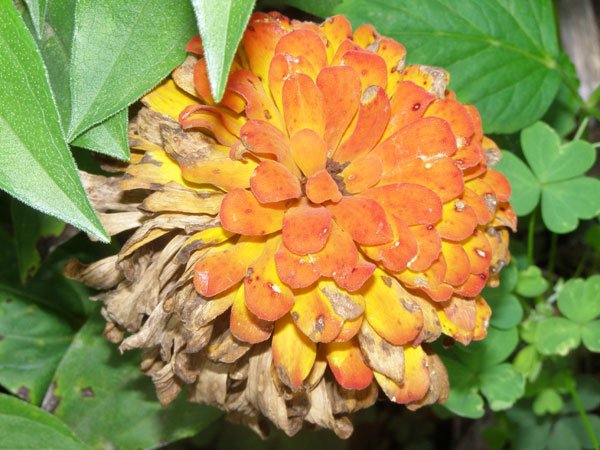
Tiny insects can cause big problems for zinnias. Pests like aphids, spider mites, and thrips feed on plant juices, leaving behind damaged tissue that quickly turns brown or yellow.
Aphids:
- Look for clusters of tiny green, white, or black insects on new growth or buds.
- They leave behind a sticky residue called “honeydew,” which attracts ants.
Spider Mites:
- Thrive in hot, dry weather.
- Cause fine webbing on leaves and tiny yellow or brown speckles.
Thrips:
- Extremely small and hard to see, but their feeding can make petals look discolored or streaked.
What to do:
- Spray plants with a strong stream of water to dislodge pests.
- Apply neem oil or insecticidal soap every few days until the pests are gone.
- Encourage beneficial insects like ladybugs and lacewings to keep pest populations in check naturally.
6. Too Little Sunlight
Zinnias are true sun-lovers. Without at least six hours of direct sunlight each day, they become leggy, weak, and prone to browning leaves and sparse blooms.
Signs of too little sun:
- Pale or dull-colored flowers.
- Weak stems.
- Leaves turning brown or yellow from stress.
Fix:
If your zinnias are in partial shade, consider relocating them to a sunnier spot. In containers, simply move the pots to a brighter location. In garden beds, trim back nearby plants that may be shading them.
7. Nutrient Imbalance
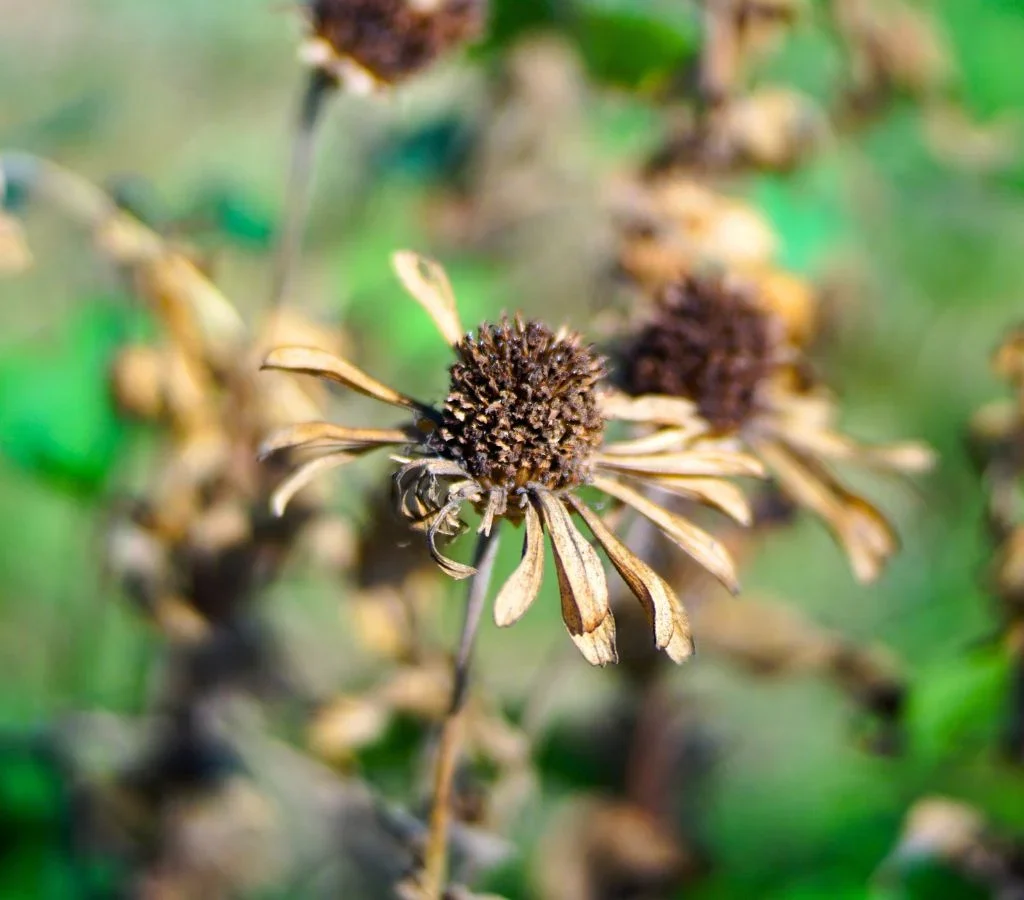
While zinnias aren’t heavy feeders, they still need the right balance of nutrients to stay vibrant. Too much or too little fertilizer can cause brown edges or discoloration.
Too much nitrogen:
- Encourages leafy growth but fewer flowers.
- Can cause leaf tip burn and weak stems.
Too little potassium or phosphorus:
- Leads to dull blooms and leaf browning.
What to do:
- Feed zinnias every 4–6 weeks with a balanced fertilizer (10-10-10) or a bloom booster (low in nitrogen, high in phosphorus).
- Water well after feeding to prevent fertilizer burn.
- Add compost or organic matter at the start of the season to maintain soil health naturally.
8. Old Age and End of Season
If your zinnias have been blooming beautifully all summer and are now fading in late fall, browning may simply mean they’re at the end of their life cycle. Zinnias are annuals, which means they live for one growing season only.
As temperatures drop or days shorten, it’s natural for flowers and leaves to turn brown and dry out.
What to do:
- Allow a few blooms to dry completely for seed saving.
- Cut back old plants and compost them once they’ve fully dried.
- Plan to replant fresh zinnias next spring for another season of color.
Quick Recap: How To Keep Zinnias From Turning Brown
Here’s your go-to checklist for vibrant, healthy zinnias all season:
Deadhead regularly to encourage new blooms.
Water deeply but sparingly—avoid soggy soil.
Give full sun (6–8 hours daily).
Ensure good air circulation to prevent fungal disease.
Use neem oil or insecticidal soap for pest control.
Feed moderately with a balanced fertilizer.
Clean up fallen leaves to prevent disease spread.
By following these simple steps, you can prevent most causes of browning and enjoy a constant show of color in your garden.
Final Thoughts
When your zinnias start turning brown, it’s your garden’s way of sending you a message. It might be asking for less water, more sun, or just a little pruning love. The key is to observe closely and act quickly—most zinnia problems are easy to fix once identified.
With a bit of care and consistency, your zinnias will bounce back, producing wave after wave of bright, cheerful blooms. Remember: every brown petal or spotted leaf is just part of learning how to grow stronger, healthier plants.
So grab your watering can, pruning shears, and a keen eye, and give your zinnias the attention they deserve. Soon, your garden will be glowing again with the radiant colors that only zinnias can deliver.
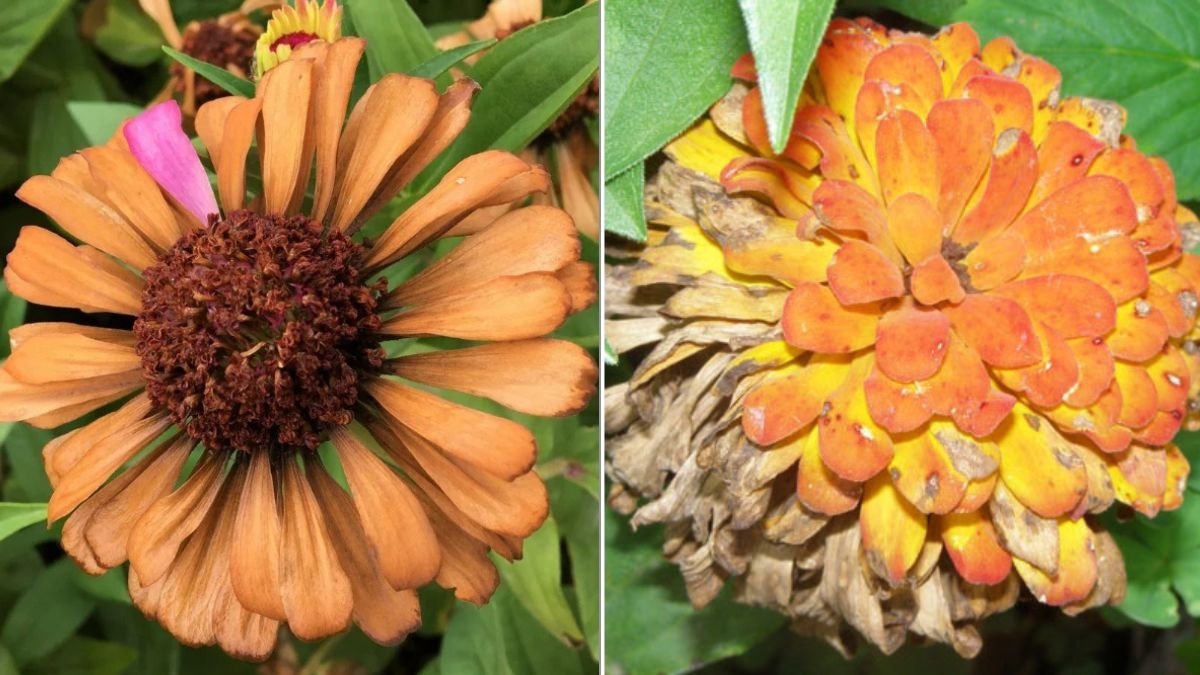


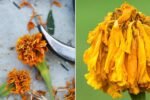

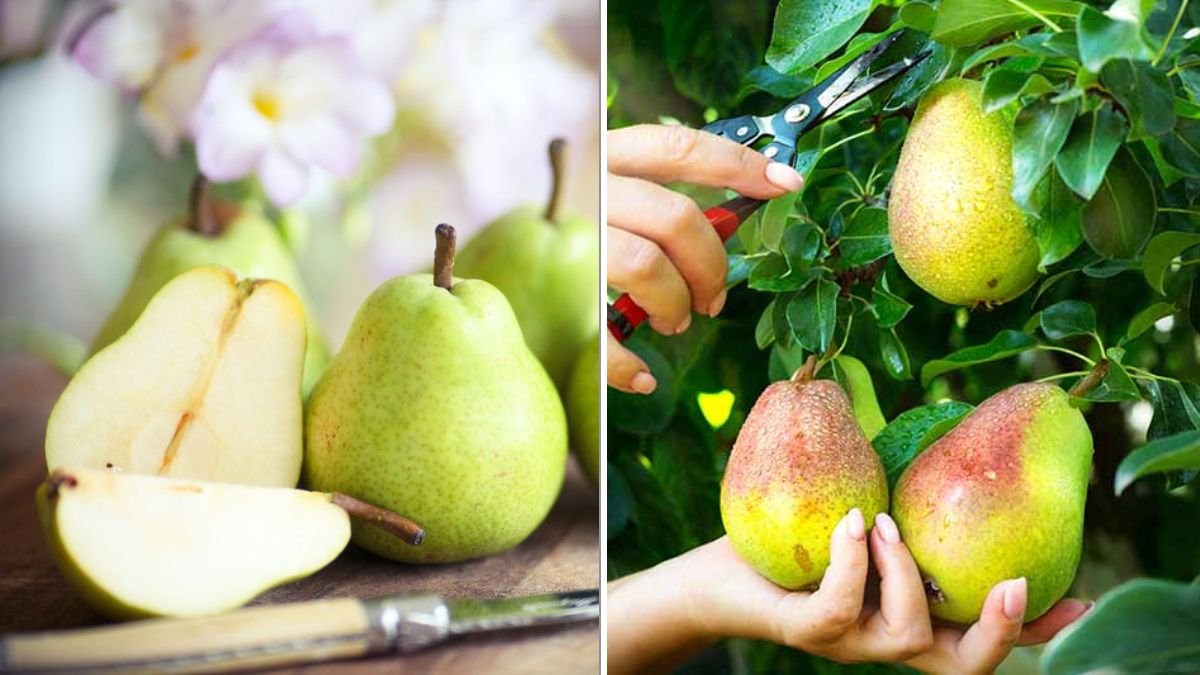
Leave A Comment